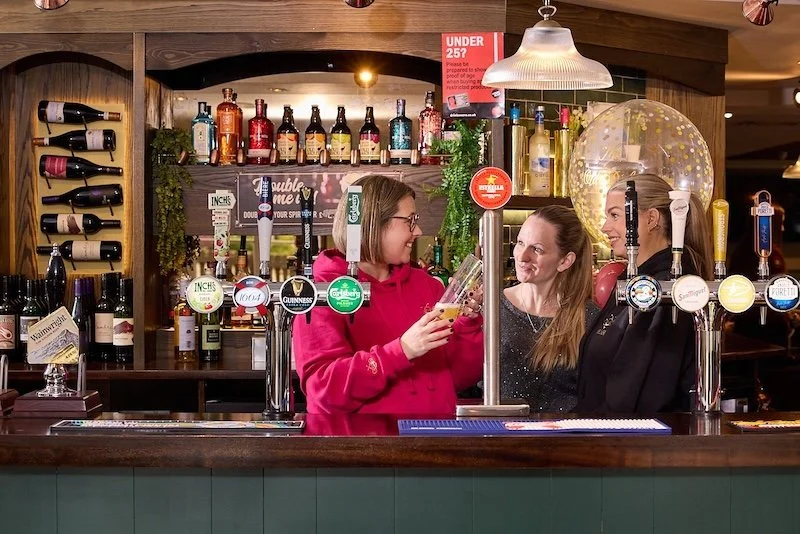Kitchen retailer Magnet sits down with Meet and Potato to discuss the commercial benefit of video communication
Here’s how using video communications resulted in Magnet’s biggest winter yet.
It’s no secret: running a retail business in today’s market can be tumultuous.
With ever increasing competition, the constant evolution of customer behaviour, and an endless cost-of-living crisis impacting footfall, making sure teams stay engaged and motivated is a huge challenge.
To keep your teams focussed through the good times and bad, a strong internal communications plan is crucial. And whilst text-based messaging certainly has its place, if you want to really connect with your people and keep them engaged, you should look at incorporating video into your strategy.
After its biggest winter to date, Paul Strong, Store Operations Director at Magnet, discusses with Jon Kelly, CEO at creative content and events agency, Meet and Potato, why he believes the addition of video communication has played a key role in the brand’s success.

“Winning the hearts and minds of our people is our main goal. We need them to understand our vision, and work with us to achieve it. But we have hundreds of team members spread across all corners of the country, so getting together regularly is unrealistic,” says Strong.
“For this reason, we have incorporated video into our communications strategy and it’s been a game changer. It enables us to keep momentum high across our teams and helps to keep everyone on the same page, banging the Magnet drum.”
Kelly adds: “We work with Magnet on its annual winter conference, a show stopping event where we lay out the plans for the year ahead and energise the business, but we needed a strong content strategy to work alongside the live event to maintain momentum.”
“That’s why we created Magnet Mindset, a monthly internal video communication which updates the team on business news, and, more importantly, encourages team members to stay connected.”
“Using video means nothing gets lost in translation,” adds Paul.
“Rather than business Chinese whispers, we can ensure the right messages reach the right people. The tone is right, there’s no risk of misinterpretation like in emails, and it’s a direct message from a colleague.”
“Using video also brings the story to life much more than traditional means of communication, which can land a bit flat and lack the energy we need.”
Strong also believes using video closes the gaps of hierarchy.
“By putting the directors who are making the core business decisions in regular contact with team members, it makes teams feel included but also encourages them to give feedback.”
“We learn so much from our teams as they’re the ones dealing with customers, so creating this culture of inclusion and two-way communication is imperative.”
“What has also been great about introducing video into our communications is that we can include different people from across the business,” he adds.
“This means that, not only do teams hear from a range of stakeholders, but from a personal development perspective, it gives team members who wouldn’t ordinarily present or speak en masse a chance to get involved, should they want to.”
“This has been great for a number of people in the business and I’ve really noticed their confidence grow.”
So, is video the be all and end all? Not quite, thinks Strong: “Whilst we have seen huge benefits from using video and will continue to add it to all avenues of our communications strategy, I am under no illusion that the power of face to face simply cannot be matched,” he says.
“Our conferences will continue to evolve each year but replicating them with video wouldn’t work. The same can be said for training. We have tried video, and it works for some elements, however nothing can beat the efficacy of in-person training for our teams.”
“Video helps us to create a more transparent, inclusive and informed culture for our teams and keeps them on our journey and motivated to sell more. And that spells success for everyone.”






























Continue reading…